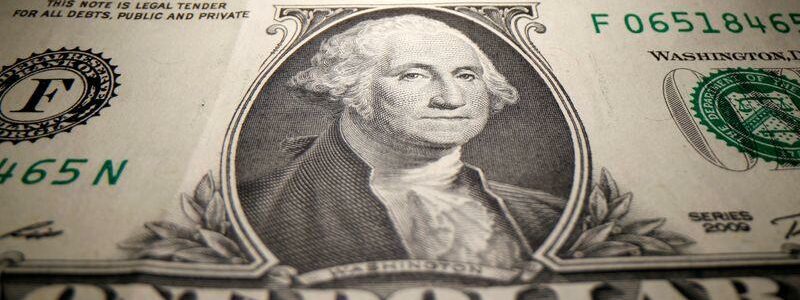
Dollar on backfoot as yuan fix boosts risk currencies
LONDON (Reuters) – The dollar fell against a basket of major currencies on Tuesday after China lifted its official yuan exchange rate by its highest margin since it abandoned a dollar peg in 2005, helping support demand for other currencies.
China’s central bank set the official yuan midpoint at 6.4760 per dollar before the market opened, up 1% from the previous fix, the biggest change higher since 2005.
(Graphic: China sets yuan mid-point at strongest in 30 months: )
In the offshore market, the yuan strengthened as far as 6.4419 for the first time since June 2018. It started the week at 6.4944.
“Following through yesterday’s move and in keeping with the weaker dollar theme, dollar-yuan continues to slide, blasting through 6.44 and pushing toward 6.42,” said Eleanor Creagh, Australian market strategist at Saxo Bank.
“The stronger yuan fix is doing little to push back on bullish yuan traders, along with news the New York Stock Exchange is scrapping delisting plans for Chinese Telcos.”
The New York Stock Exchange said it no longer intends to de-list three Chinese telecom companies. The surprising reversal of an announcement made only last week deepened confusion over a U.S. crackdown on companies said to be linked to China’s military.
While investor caution about the yuan’s rally prompted some later selling of the Chinese currency on Tuesday, the central bank’s action nonetheless lifted risk sentiment in currency markets.
Among G10 currencies, the Australian dollar led gains as the move by the People’s Bank of China encouraged broad dollar selling.
The dollar index weakened 0.3% to 89.63. It dropped as low as 89.415 on Monday for the first time since April 2018, but ended the day with a 0.1% gain after U.S. stocks slid.
Earlier, the dollar had found support as concern about surging COVID-19 cases and uncertainty about U.S. runoff elections in Georgia spurred a retreat in U.S. stocks from record highs to start the year and kindled demand for safer assets.
Still, strategists appear convinced of protracted weakness for the dollar.
“While rising COVID cases remain the key near-term risk, as has been the case in the latter part of 2020, the market continues to focus on the prospects of the vaccine and the eventual global economic recovery,” ING Bank said in a note to clients.
“While a possible Democratic victory (in Georgia) could raise concerns about more regulation, at least over the coming months this might be outweighed by expectations of larger fiscal stimulus and thus keep risk assets supported and the dollar weak over the coming months.”
The Aussie dollar, a barometer of risk appetite that also tends to follow the yuan, jumped as much as 0.7% to 77.24 U.S. cents during trade in London, approaching the two-and-a-half-year high of 77.43 touched on the final day of 2020.
The dollar fell 0.3% to 102.81 yen. It dropped as low as 102.81 on Monday for the first time since March.
The euro rose 0.3% to $1.22830 after reaching $1.231 on Monday, its highest since April 2018.
The British pound gained 0.3% to $1.3595.
Sterling has been buffeted by a surge in infections of a fast-spreading new coronavirus strain in the UK, with Prime Minister Boris Johnson ordering another nationwide lockdown.
It slid 0.73% on Monday, the most since Dec. 10, after earlier rising to $1.3703, a level not seen since May 2018.
Bitcoin traded at $31,670 following a roller-coaster ride that took it to a record high of $34,800 on Sunday, followed by a tumble to as low as $27,734 the following session.
Source: Read Full Article